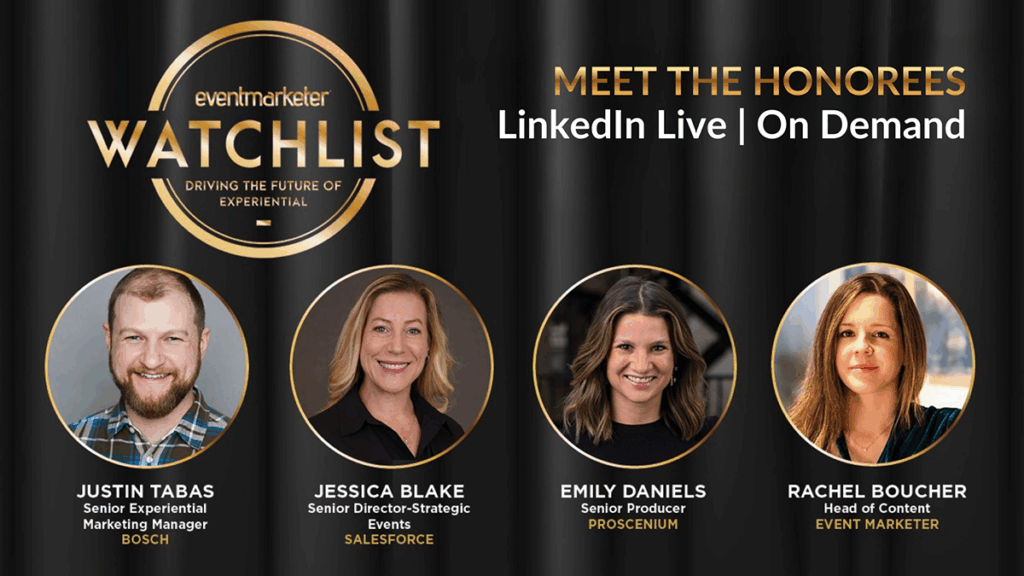By Phil Paranicas
Usually, it’s the right question being asked for the wrong reason. Business-to-business marketers want to know if social media efforts are measurable. But the question is typically laced with a hint of skepticism. They’re not asking because they’re looking for a good reason to embrace it. They’re looking for a good reason not to.
Sorry to be the one to break the news, but social b2b is measurable. It does deliver results—if you know what to look for and where.
For context, consider how newspapers and magazines have long quantified the value of print advertising.
A print publication trots out a rate card that bases the price of the space on the size of the ad and the amount of eyeballs that will view it. These are translated into “impressions” and the number of impressions is regarded as results indicative of the publication’s effectiveness. Marketers have long been able to make the not so giant leap between advertising generated awareness and sales/business value.
Early proponents of social media pointed to community size as evidence of its value. While the number of likes, Twitter followers or LinkedIn group members are helpful to know, they are not solid indicators of social success (or failure). Keep in mind that many more people beyond your immediate network will see your brand messaging, since it will reach the eyes of your followers’ followers. Furthermore, social delivers a more meaningful measurement of its effectiveness than mere impressions. It delivers engagement.
But what exactly is engagement?
More than a passive viewing, it is an action taken—a retweet, a response to a blog post or thread, a Facebook “share” or an active dialogue in a LinkedIn community discussion. An engagement represents an actual connection between your audience and you – or more specifically, your content. According to a recent ThomasNet Industrial Purchasing Barometer, 7 out of 10 small and midsized suppliers are engaging with prospects through social media.
The reason engagements are more valuable than impressions is because each one is triggered by active interest. Put another way, a post is a monologue. But an engagement, no matter how short, is a relationship. If a follower retweets your post, it’s a powerful referral that represents an existing relationship with the retweeter and a new one with the retweetees. If your blog gets shared, it adds more participants to your social community.
More and more, businesspeople are turning to LinkedIn communities for third party perspectives and advice on industry hot topics, problem-solving, and yes, purchasing choices. That same Industrial Purchasing Barometer survey previously mentioned also revealed that more than 63% of industrial buyers use social media at least once per week to research and source suppliers.
Then the question becomes, how do you quantify these engagements in a way that enables you to create a benchmark?
From there you can measure how and why they’re growing and really start to glean insight from your social media efforts. Dashboards and platforms like Hootsuite and HubSpot do more than count impressions; they track and aggregate your engagements so that you can not only quantify them but map them back to specific content.
When you know the type of content your social connections value the most, you can focus on providing more and more of it. Yes, that’s right. Effectiveness always comes back to content. In addition, certain platforms now offer closed loop reporting via CRM integration. This means you can finally get a better handle on ROI by tracking initial impressions all the way through to sales. That’s something even your CFO can smile about.
Phil Paranicas is director of new product development at ThomasNet.



